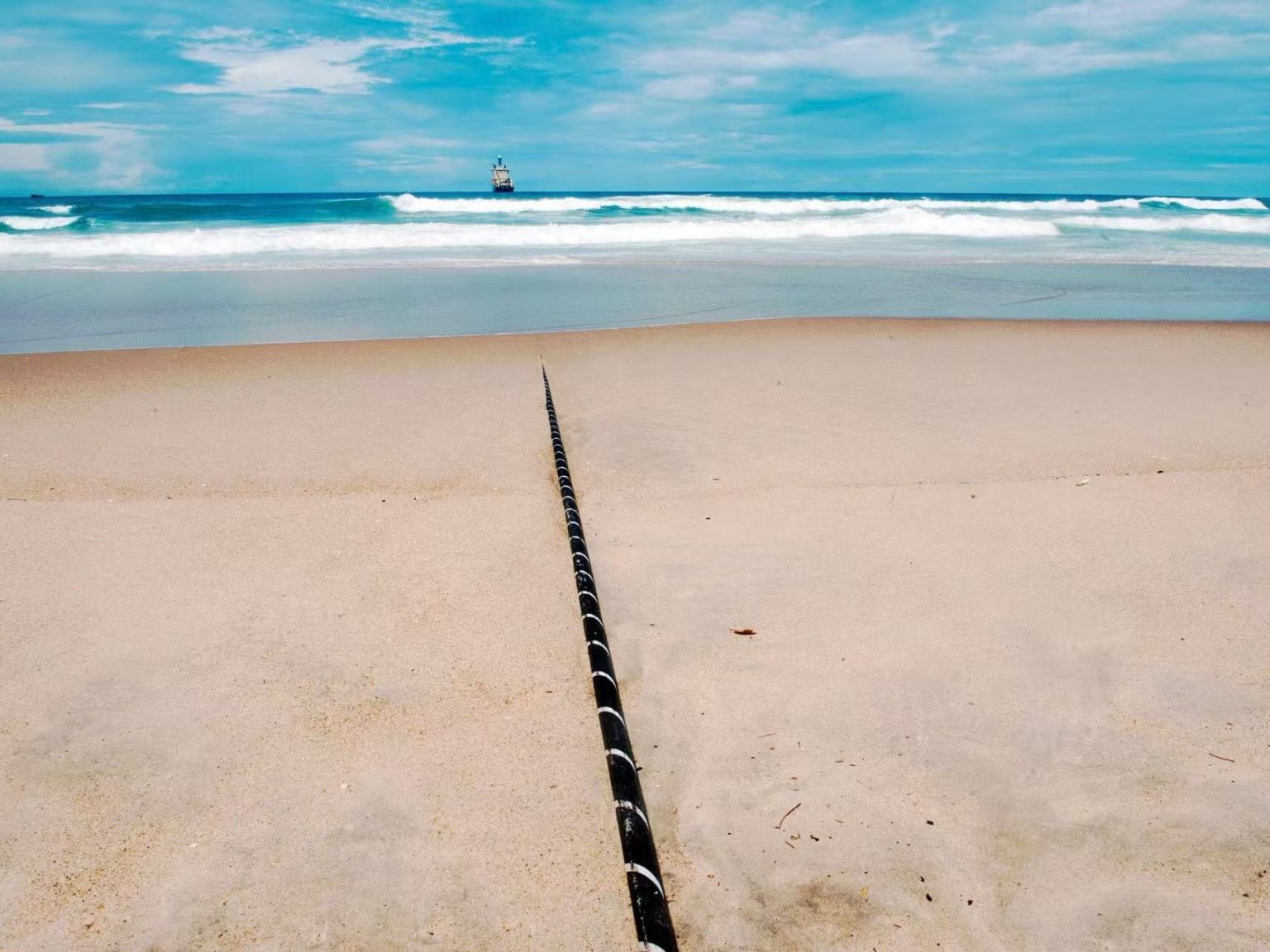- Telxius and Ciena complete live 1.3 Tb/s single‑wavelength transmission over the 6,600 km Marea submarine cable.
- The demo, using Ciena’s WaveLogic 6 Extreme, achieved record 7.0 bits/Hz spectral efficiency, enhancing AI and data‑center traffic.
What happened: Milestone in subsea speed
Telxius and Ciena achieved a live transmission of 1.3 Tb/s on a single wavelength across Telxius’s 6,600 km Marea submarine cable between Virginia Beach and Bilbao on June 25, 2025. This demonstration used Ciena’s WaveLogic 6 Extreme (WL6e) coherent‑optics system. It also set a new Atlantic record with 7.0 bits/s/Hz spectral efficiency.
The test validated real‑world performance, showing that subsea networks can now support rapidly growing AI, video, and cloud traffic demands. Carlos Dasi, CTIO at Telxius, said it proves their network upgrade path. An external link can be inserted into “WaveLogic 6 Extreme” pointing to Ciena’s WL6e product page, and another link into “Marea submarine cable” referencing Telxius’s official site.
Why it is important
This record-setting 1.3 Tb/s transmission redefines the practical ceiling for transatlantic data delivery. Global carriers face surging traffic from AI model training, video conferencing, and real-time collaboration across continents. With WaveLogic 6 Extreme, operators gain a future-ready solution that expands capacity while consuming 50% less power per bit. It ensures infrastructure keeps pace with applications that demand ultra-low latency and reliable long-haul transport.
What makes this particularly impactful is that Telxius achieved it on an existing cable—the 6,600 km Marea route. Instead of rebuilding networks, the industry can now overlay new optics on legacy infrastructure. This modular upgrade approach accelerates deployment, reduces operational risks, and saves costs—especially critical in deep-sea environments where physical changes are expensive and time-consuming.
Beyond technical performance, this also supports global digital equity. Improving capacity and spectral efficiency on existing lines helps bring high-speed connectivity to underserved coastal regions and island nations. That enables digital inclusion and supports use cases like remote education, telehealth, and cross-border AI training.

